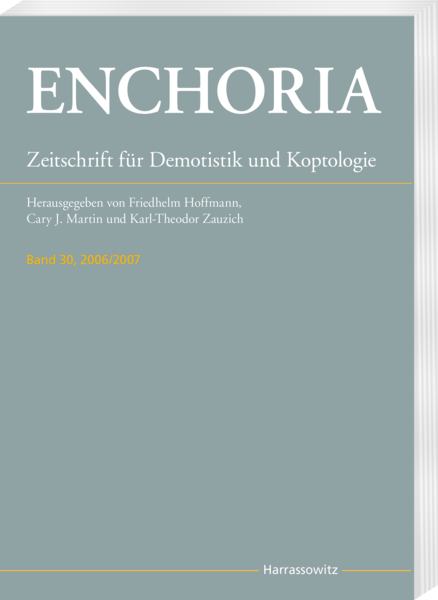First paragraph
In the course of fieldwork in 1996-97, the North Abydos project of the University of Pennsylvania-Yale University-Institute of Fine Arts, New York University Expedition exposed the remains of a previously unknown cult structure in the area adjacent to the main temple enclosure of Osiris at Abydos, designated herein as the Votive Zone (shown on map 1). The structure was built in the reign of Thutmose Ill and it is significant for its state of preservation and unusual architectural plan, as well as for its long span of use, which extended into the Ptolemaic Period, more than 1000 years after its initial construction. The cult structure served a highly specialized function within the context of the North Abydos ritual landscape, a function that was articulated through its unusual plan and decorative program. Its location at one edge of a ridge overlooking the route of the ritual procession associated with the Osiris cult, which is documented in textual material from the site primarily from the Middle Kingdom, placed it at the geographical interface between the major temple complex of Osiris and the notional tomb of the god, identified as one of the tombs of the rulers of the early Egyptian state located at Umm el-Ga'ab. The program of archaeological investigation initiated in 1996 also resulted in the identification of a second chapel built in the reign of Thutmose III on the opposite side of the route to the Osiris tomb, suggesting that the structures may have demarcated the topographically-defined entrance to the processional route, and may also have served to delimit the boundaries of votive activity by non-royal segments of the society.
Publication Type
- Article



